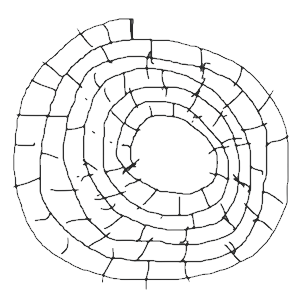
Policy + Education
Policy and education initiatives are inherent corollaries to our planning and design endeavors. Individual projects establish precedents; these become accessible to a larger public through policy advancements, publications, workshops and lectures that we undertake throughout the U.S. and abroad. Public policy initiatives such as the Austin Green Builder Program (the first municipally-adopted green building program in the world) and the Texas Architecture and Engineering Guidelines (one of the first instances of integrating sustainability considerations in a state’s A&E guidelines) have become national and international models, inspiring similar programs in cities and states throughout the world. We often engage in collaborative projects with governmental entities, community organizations and professional associations. In this way, our work catalyzes a transformative process, as prototypes become the bases for an invigorated standard practice by design and construction professionals.
